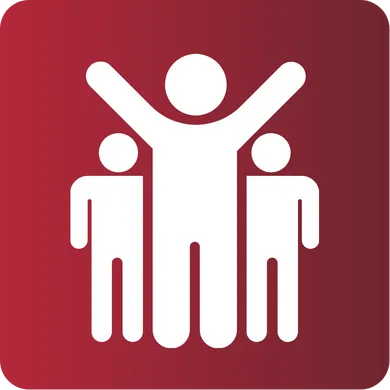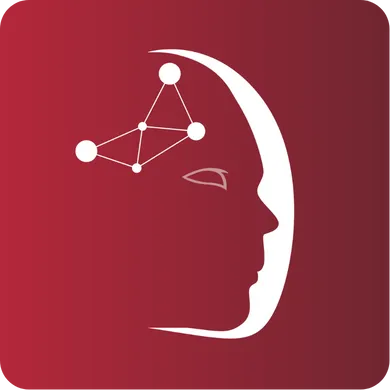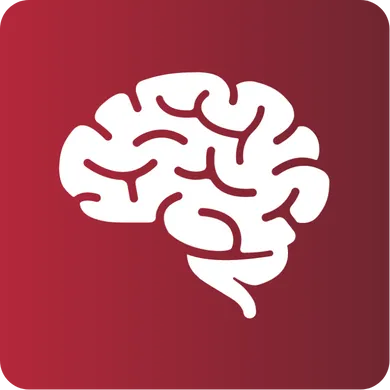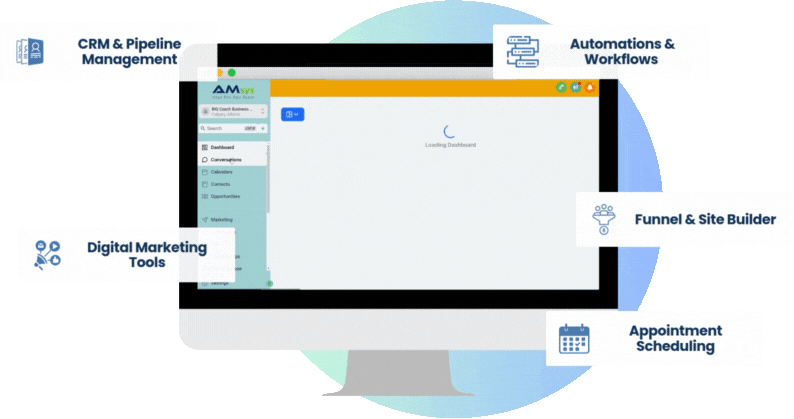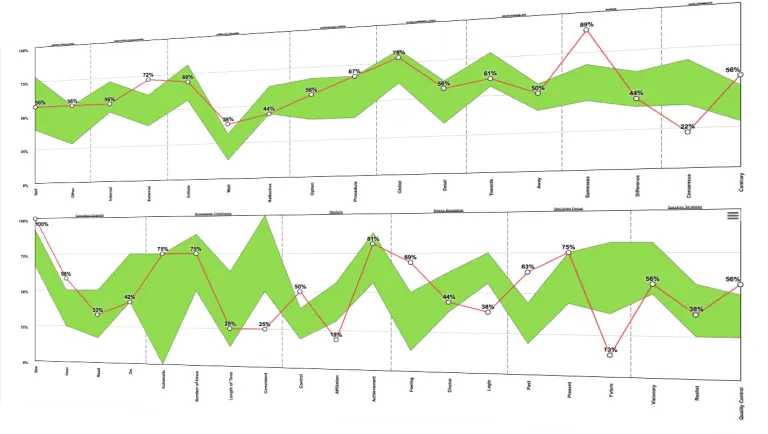Books & Downloadable Resources
Evidence-based tools to help you coach smarter, lead more effectively, and grow with behavioral precision.
Signature Books
The Leadership Intelligence Cookbook
196 Ready-to-Use Leadership Situations and Strategies
A practical field manual to help you coach better, lead smarter, and respond more effectively in real time. Think of it as your go-to behavioral reference guide.
Use it like a thesaurus for leadership moments
Key Focus: Decode and shift behavior quickly—not just understand it
Build a Successful Coaching Practice
Business Advice from Someone Who's Been There
Step-by-step guidance on launching, growing, and sustaining a profitable coaching business, with real examples and BI-based philosophy.
For business-minded coaches seeking structure
Key Focus: Branding, positioning, and scaling for revenue

The Leadership Intelligence Handbook
196 Ready-to-Use Leadership Situations and Strategies
A practical field manual to help you coach better, lead smarter, and respond more effectively in real time. Think of it as your go-to behavioral reference guide.
Use it like a thesaurus for leadership moments
Key Focus: Decode and shift behavior quickly—not just understand it
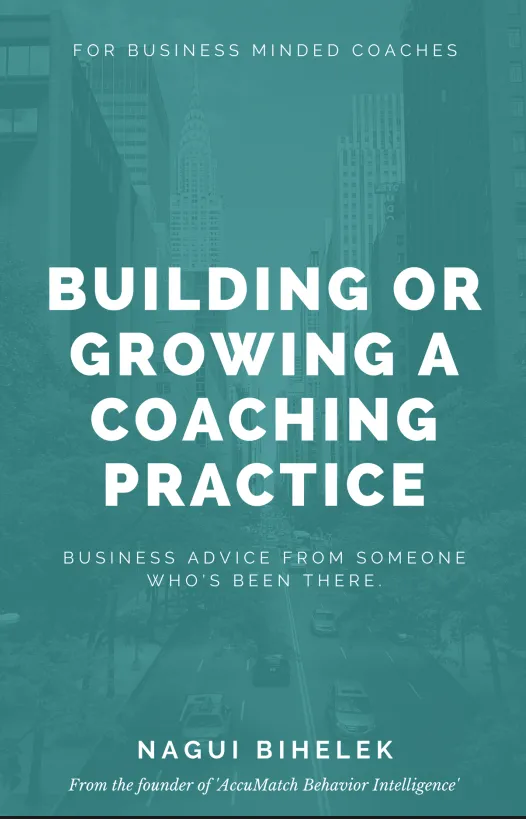
Build a Successful Coaching Practice
Business Advice from Someone Who's Been There
Step-by-step guidance on launching, growing, and sustaining a profitable coaching business, with real examples and BI-based philosophy.
For business-minded coaches seeking structure
Key Focus: Branding, positioning, and scaling for revenue
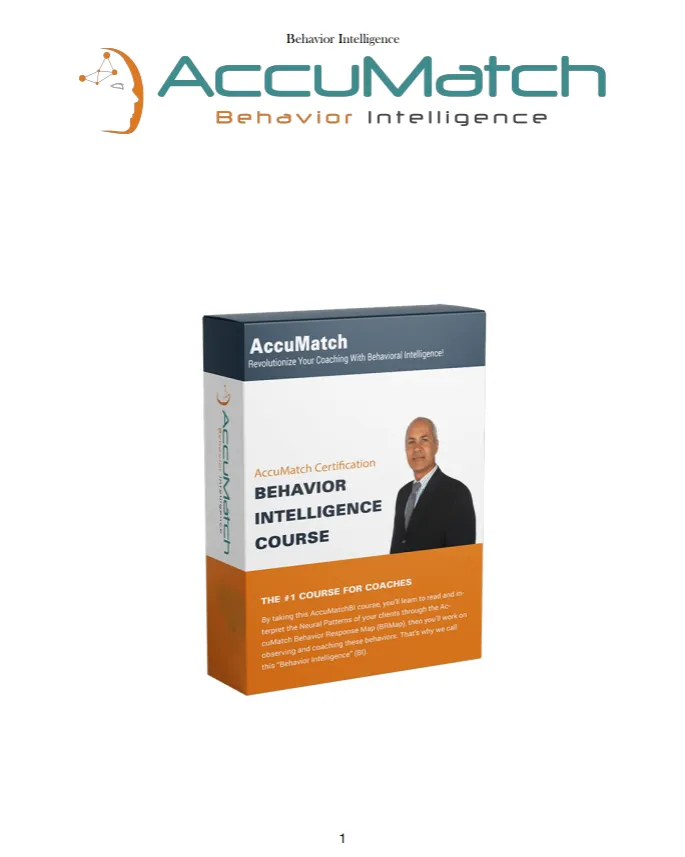
Behavior Science Essentials
Understanding the Difference Between Behavior and Personality
An insightful exploration of why behavior—not personality—is the most actionable tool for coaching. Includes self-assessment and critical contrasts.
Perfect for coaches tired of personality typing's limitations
Key Insight: Behavior is observable, trainable, and situational
Research & Validation Reports
General Evidence & Validity Report
Scientific foundations of AccuMatchBI’s behavioral mapping methodology, including AI, NLP meta-programs, and measurable patterns.
For professional coaches & academics
Corporate Sector Report
Demonstrates impact of behavior intelligence in leadership, HR strategy, and organizational performance.
Ideal for executives, HR leaders, and L&D
Small & Medium Enterprises Report
Focused on how SMEs can reduce friction, boost cohesion, and drive profitability through behavior-based team dynamics.
For founders, small business teams & consultants
Ready to Launch Your Future as a Certified Leadership Intelligence Coach?
Real Coaches.
Real Success.

"I’ve been coaching for over a decade, but the BIQ certification completely changed how I work with clients. Understanding their behavior patterns—not just their feelings—gave me a new level of precision. My client retention and referrals have never been higher."
Lena Morales, Executive Coach

"BIQ helped me launch my coaching business fast—with structure, confidence, and real clients."
David Chan, Former VP

"We rolled out BIQ inside our leadership development program. The impact was immediate. Managers became more self-aware, team dynamics improved, and performance conversations finally got real. It’s not just a certification—it’s a competitive edge."
Rachel Owens, Learning & Development Director, UK
Latest From The Blog

The Intelligence Advantage: Surfacing What Others Can't See
Most leaders and coaches operate at the surface—reacting to what they can see, measure, or hear. But the truth is, 90% of human behavior runs invisibly, beneath awareness. That’s where the real performance drivers live. The leaders and coaches who learn to surface what others can’t see gain a profound advantage: they can shift behaviors, engineer culture, and unlock performance in ways that others miss.
This is the essence of The Intelligence Advantage—learning how to reveal hidden patterns and shape them into sustainable change.
The 90% Rule: Why So Much Remains Hidden
Our brains are designed for efficiency. To conserve energy, they delegate daily tasks to unconscious, automatic patterns—what we call habits. Over time, these become “superhighways” of behavior.
That’s why:
Leaders often see only the tip of the iceberg.
Micro-behaviors—tone shifts, pauses, gestures—slip past unnoticed.
Teams revert to old habits after “culture initiatives” because the hidden drivers were never addressed.
If you don’t look beneath the surface, you’ll only ever treat symptoms. The invisible drives the visible.

Five Core Principles of Surfacing the Invisible
Most behavior is unconscious. People don’t even realize they’re doing it.
You can’t change what you can’t see. Observation is step one.
You can’t coach what isn’t observable. Vague labels like “be more engaged” or “listen actively” don’t work.
Tools accelerate visibility. Assessments like AccuMatch help reveal hidden dynamics.
The invisible drives the visible. What you measure and shape beneath the surface determines outcomes.

What Leaders Often Miss
Blind spots show up in subtle ways:
Who defers to whom in meetings.
Who rarely speaks but takes detailed notes (processing, not disengagement).
Micro-expressions that reveal stress or confidence.
Tone shifts that signal readiness—or resistance.
Take the example of Sarah, a team member labeled as “checked out.” On closer mapping, she wasn’t disengaged at all—she was reflective, deeply processing, and listening intently. Without surfacing that reality, leaders would have misjudged her completely.
Before You Prescribe Change, Map It
One of the biggest mistakes leaders make is jumping straight to “solutions”: new processes, new strategies, or culture change mandates. But if you haven’t mapped the current behavior, you can’t measure progress—and everything collapses back to the old norm.
Here’s a simple mapping process:
Who does what, when, and how often.
Under what conditions (triggers, cues).
With what emotional undertones (stress, withdrawal, enthusiasm).
Try this one-week diagnostic sprint:
Pick one critical process (e.g., team meetings).
Assign a rotating observer.
Collect data on tone, participation, patterns.
Debrief with the team.
You’ll be surprised how quickly behavior shifts once you start observing and documenting.
From Labels to Data
Labels like “introvert,” “difficult,” or “not a team player” don’t create change. Data does.
Instead of saying:
“You need to be more assertive.”
Say:
“I observed four instances where you started speaking, then stopped when interrupted. Let’s practice completing your sentences even when someone jumps in.”
That’s observable, specific, and coachable.

The Real Metrics That Matter
Too often, organizations measure the wrong things:
Sales numbers instead of consistent follow-up behaviors.
Tickets closed instead of empathy and active listening.
Project completion instead of communication rhythms.
The truth is: results only shift when the foundational behaviors shift. That’s where you need to focus measurement and feedback.
Engineering Sustainable Change
Here’s how to make change stick:
List three critical invisible behaviors you want to shift.
Audit them daily for at least a month.
Track and report trends (use scorecards or mapping tools).
Run peer or team workshops to depersonalize the focus and lift the entire group.
When one client did this, they cut customer churn from 23% to 12%—and increased revenue by 50%. Not because of a new product or strategy, but because they engineered invisible behaviors into visible change.
Your Next Step
If you want to unlock the hidden drivers of performance in your team—or in your coaching practice—start by surfacing the invisible. Pick one behavior, observe it, map it, and measure it.
This is the essence of Behavior Intelligence: making the unseen seen, and the unmeasurable measurable.
👉 Ready to bring this into your leadership or coaching practice? Apply now to become a certified Leadership Intelligence Coach and learn the exact methodologies and tools to surface what others can’t see.
Subscribe to our Newsletter!
Get the latest insights on coaching, behavior intelligence, & leadership.
Copyright 2025 • All Rights Reserved
Behavior Intelligence Organization is a Division of NLP Profiles Inc.
Terms of Use | Privacy Policy
Subscribe to our Newsletter!
Get the latest insights on coaching, behavior intelligence, & leadership.
Copyright 2025 • All Rights Reserved
Behavior Intelligence Organization is a Division of NLP Profiles Inc.
Terms of Use | Privacy Policy

